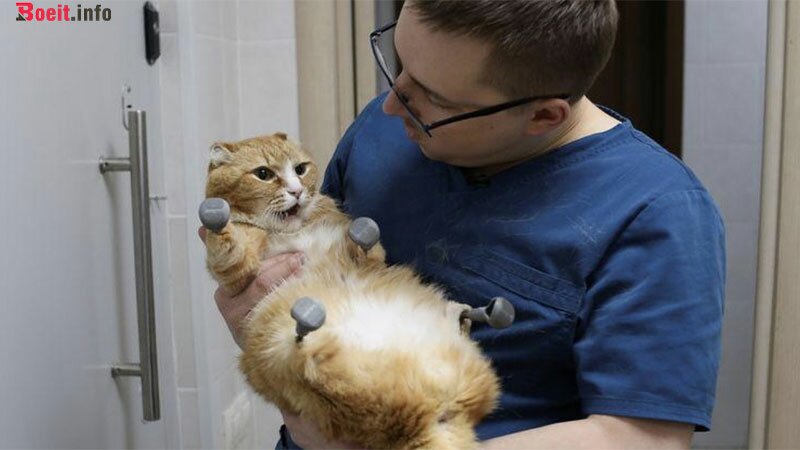“Shocked” scientists found the well-preserved ancient remains of a pregnant woman between 20 to 30 years old dating to the 1st century BC while examining a mummy discovered in Thebes, a city along the Nile River, in 1826.
Polish researchers examining an ancient Egyptian mummy that they expected to be a male priest were surprised when X-rays and computer tests instead revealed it to be the mummy of a 7 months pregnant woman.

This is the world’s first known case of such a well-preserved pregnant mummy, researchers said on Thursday.
The mummy was brought to Warsaw in 1826 and the inscription on the coffin bears the name of a male priest. No previous examination had disproved the belief that it was a male.

“Our first surprise was that it has no penis, but instead it has breasts and long hair, and then we found out that it’s a pregnant woman,” Marzena Ozarek-Szilke, an anthropologist and archeologist, told the Associated Press. “When we saw the little foot and then the little hand [of the foetus] we were really shocked.”

The researchers estimated the woman to be between 20 and 30 years old and said the baby’s skull size suggested she was between 26 and 28 weeks pregnant.
Their findings – from the Warsaw Mummy Project, a study of mummies at the Polish capital’s national museum – were published in the Journal of Archaeological Science.

Team member Wojciech Ejsmond said: “We don’t know why the fetus was not removed from the deceased’s belly during the mummification process.
“That’s why this mummy is really unique. We were unable to find any similar cases. This means that ‘our’ mummy is the only recognized mummy in the world to have a fetus,” he said.

Based on analysis of hieroglyphs on the coffin, the mummy was originally thought to be that of a male priest who lived between the 1st century BC and the 1st century AD.
Scientists now believe it could be even older and are looking into possible causes of death.
The mummy has not been opened, but a scan shows the woman with shoulder-length curly hair.









